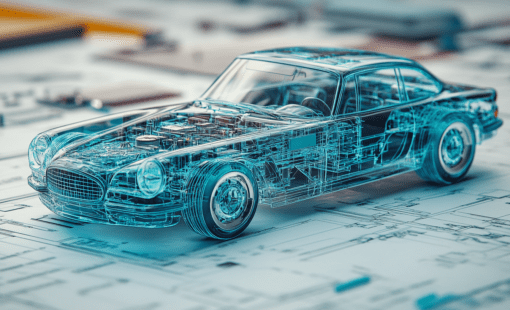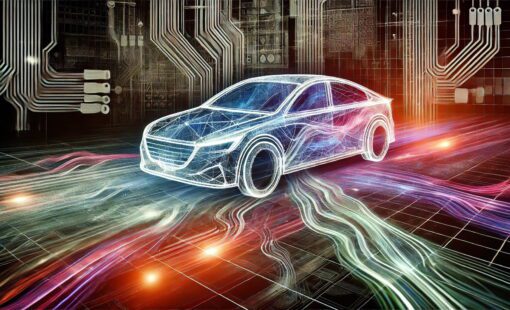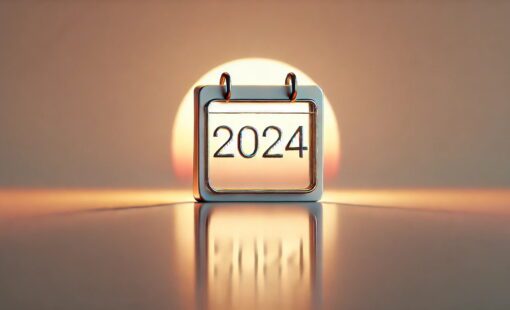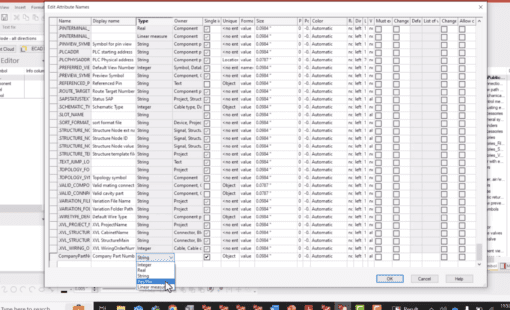As a boating enthusiast, I appreciate the beauty of an older mahogany run-about, the finely painted details of a sailboat and the flash and bling of a high performance off-shore go-fast gas guzzler. And let’s not forget the indulgence of a mega yacht that many of us dream of boarding for a gathering for a few hours for some serious dream building and mingling.
The boating technology that is available as standard equipment in many new consumer vessels has grown to a level that rivals new cars. I’m not talking about a single digital compass, fish finder and GPS with an autopilot system. I’m talking about automatic GPS holding systems that will allow a pilot to park a vessel in the middle of a harbor without a mooring anchor and allow the boat to hold its GPS location within 10 feet of where it was set. This is an awesome feature to have while waiting for your turn at the fuel dock of a crowded marina. What happens when you set it? The entire vessel uses its propulsion system of thrusters located at various locations to automatically stabilize its position, allowing the pilot to tend to other duties. Amazing!
There are many types of these systems such as Mercury Marine’s “Skyhook®”, the Dynamic Positioning System® from Volvo Penta®. Heck even bass fishermen can enjoy this level of support from their electric Minn Kota® trolling motors.
Some of these systems are not mass produced. Typically, they are configured for each vessel’s length, tonnage and displacement. Attributes that are considered repeatedly as the system is engineered. The marine architects must be involved from the start of the project with the electrical engineers. This requires knowledge of the electronic module placement for gyros and antennas throughout the vessel, thrusting and propulsion components and of course the user interface location at the helm. These subsystems all require the routing of the waterproof wiring harness, cabling and hydraulic lines throughout the vessel.
This is an excellent example of a system of systems design. Each electronic subsystem is connected creating the desired product or customer experience. This new approach to design is gaining traction due to the growing complexity of products. Automobiles, aircraft, ships and now pleasure boats. What’s next?
For more info check out:
Related Products and Resources

- Products
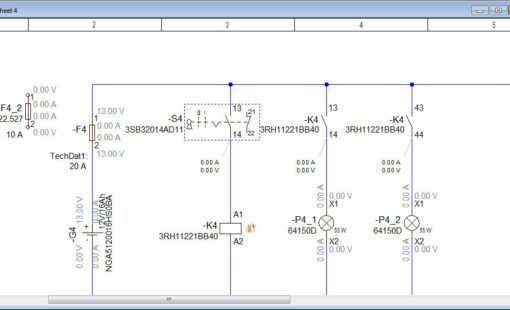
- Products

- Products
E3.series is a Windows-based, scalable, easy-to-learn system for the design of wiring and control systems, hydraulics and pneumatics. The out-of-the-box solution includes schematic (for circuit and fluid diagrams), cable (for advanced electrical and fluid design), panel (for cabinet and panel layout), and formboard (for 1:1 wiring harness manufacturing drawings). Integrated with MCAD, E3.series is a complete design engineering solution from concept through physical realization and manufacturing output.

- Products
Zuken’s engineering data management platform DS-CR has been created to support the specific demands of PCB design data management. It combines multi-site library, design data and configuration management into a unified engineering environment.


